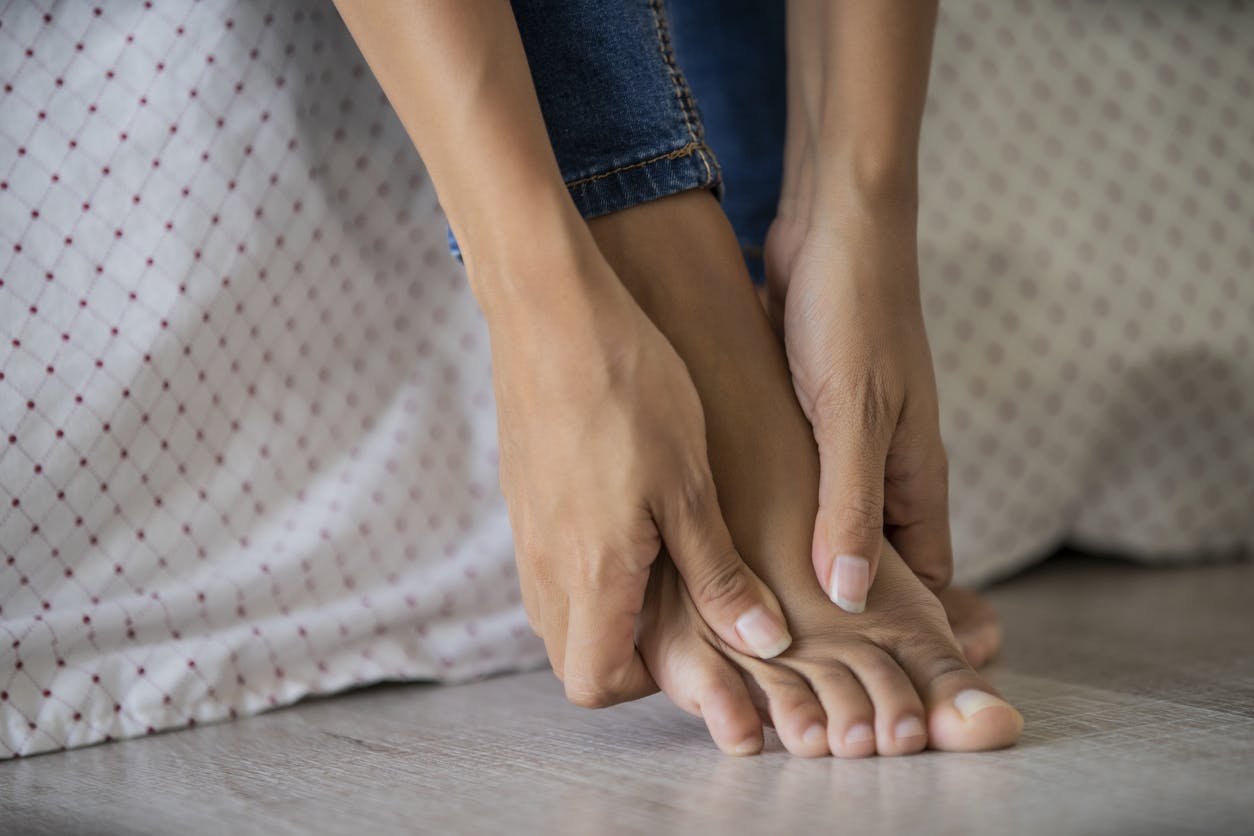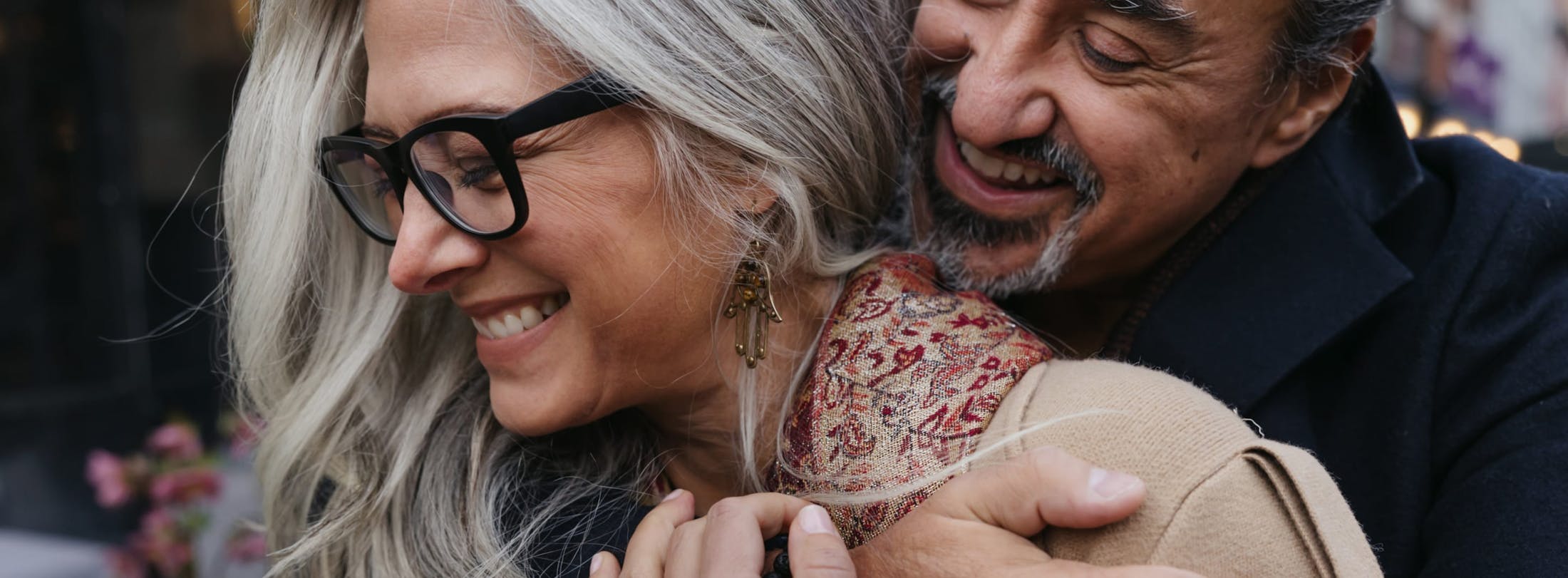Your next step should feel effortless. Our Bronx-based foot specialists combine expert care with proven techniques to help you walk comfortably, move freely, and live fully, without pain holding you back.
The Foot’s Remarkable Design
Few parts of the body work harder than your feet. It’s a finely tuned system comprising 26 bones, 30+ joints, and over 100 muscles, tendons, and ligaments working in unison to support your every move.
This intricate system includes three primary sections:
- Forefoot: Toes and metatarsals.
- Midfoot: The arches and connecting ligaments.
- Hindfoot: Your heel and ankle.
Your feet absorb impact, adapt to terrain, and provide stable, powerful movement. Our team deeply understands this anatomy and uses that knowledge to treat the root of your pain with precision and care.






